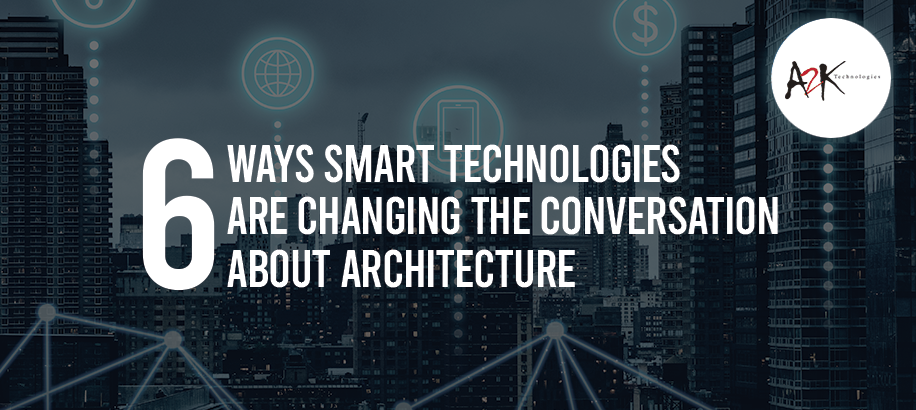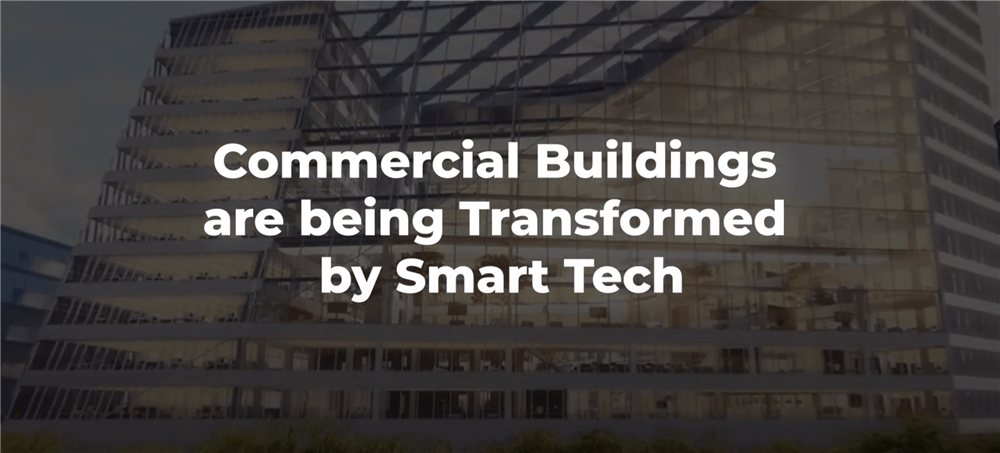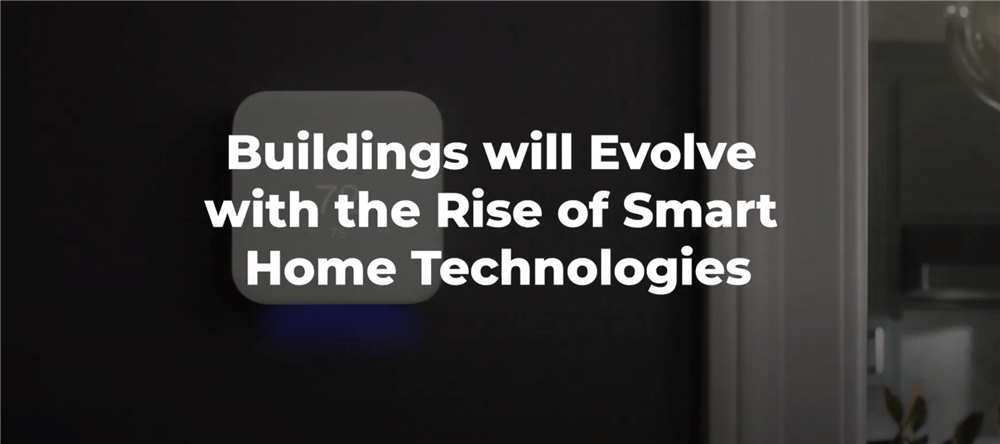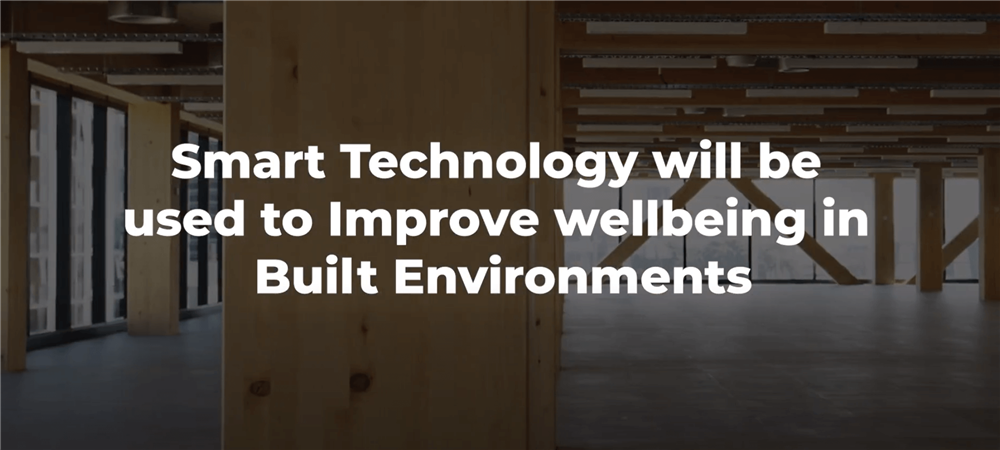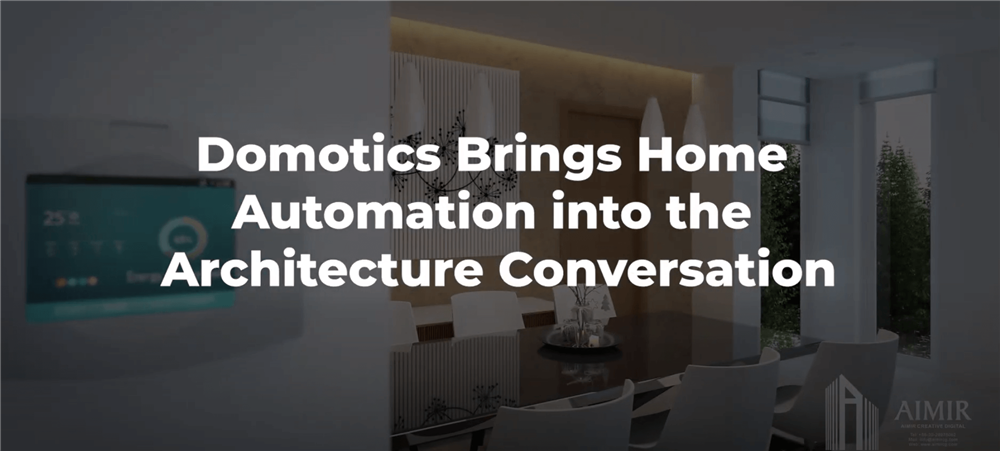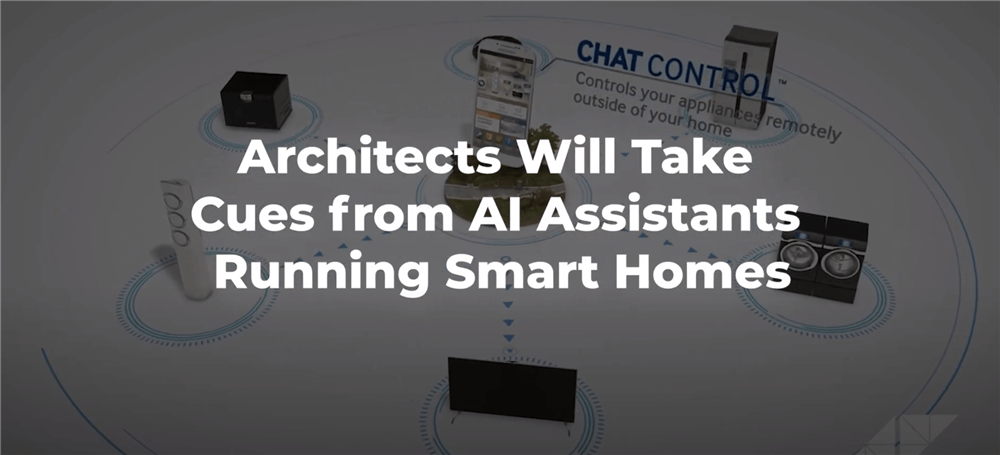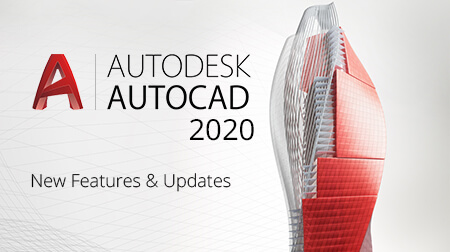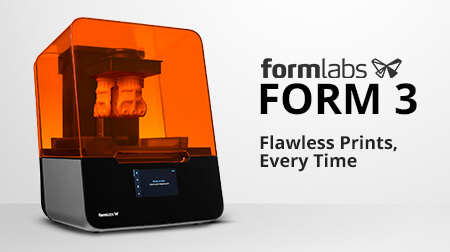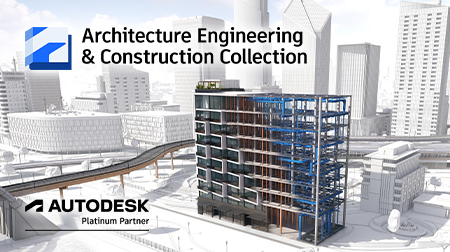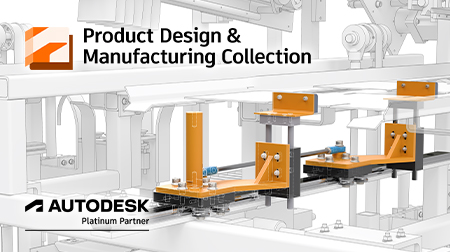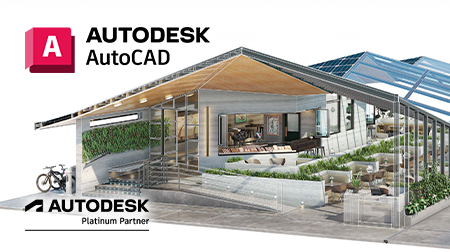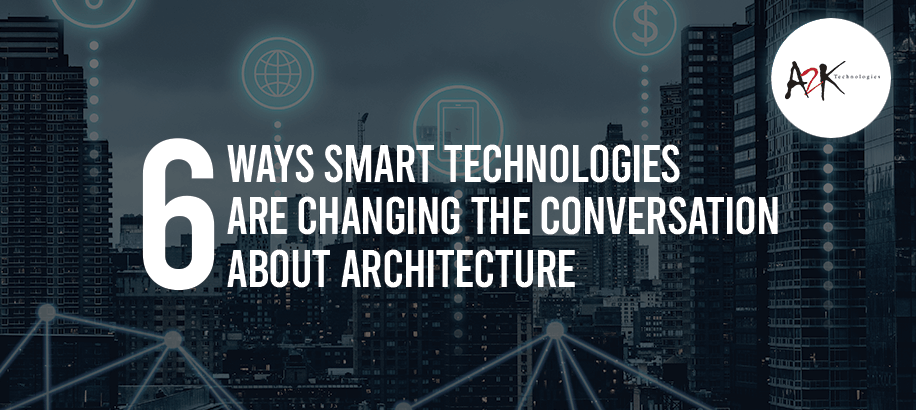
6 Ways Smart Technologies Are Changing the Conversation About Architecture
The technologies found in today’s home and offices are intelligent, automated, networked and they can even influence the building’s space and design.
Residents in smart buildings are already enjoying the technologies that make life more convenient such as programmable thermostats and refrigerators that can be controlled on the internet. However, this is only the beginning…
Smart technologies are well in position to go further than controlling modern conveniences to influencing a building’s spatial experience and design. From complex systems that manage climate, improve convenience and privacy to sustainability features integrated into the building’s design at the concept stage.
Let’s take a look at some of the ways smart technologies are influencing the architecture of occupied spaces.
6 - Commercial buildings are being transformed by Smart Tech
Amsterdam’s the edge, which hosts Deloitte offices is offering a revolutionary new working environment. The building interacts with an app made by Deloitte that checks a worker’s schedule, assists in finding the worker a free desk, adjusts ambient light and temperature based on personal preference, and the app can even recognise when the person’s car arrives at the building, directing the vehicle to a parking spot.
The building’s ethernet-powered lighting system includes superefficient Philips LED panels with 28,000 sensors that measure temperature, light, motion, and humidity. This is just the start of smart tech in commercial buildings. The technology is evolving and will offer self-diagnosing, self-healing, and self-correcting abilities. As these types of environments continue to improve at adapting to residents, experts predict that we may see new kinds of multifunctional spaces and new ways in how they are used.
5 - Buildings will evolve with the rise of smart home technologies.
Smart home technology perhaps began with thermostats and light bulbs however, it has quickly and is still evolving into a range of innovations that will greatly influence buildings internally and externally. Modern smart technologies include LCD privacy glass that can easily change from transparent to opaque, homes that can connect with cars through smart platforms - allowing users to check car diagnostics from the comfort of their couch, and even modular houses that allows residents to transform furniture and other interior elements into an office.
Universal Design, an inclusive movement, argues that all built environments must be designed to fit the needs of everyone who wish to use them. One way to design that improves accessibility is to integrate automated processes, sensor technology and artificial intelligence to transform both the physical form of the building and how residents interact with its spaces.
4 - Smart Technology will be used to improve wellbeing in built environments
Comparable to sustainability standards such as the Living Building Challenge and LEED, the use of certification systems targeted at improving public health are increasing. The Well Building Standard and Fitwel are asking designers, building owners, architects and managers to depend on smart technologies to improve the health of occupants. This goal could be achieved through sensors that monitor environmental factors like indoor air quality, smart lighting that can bring more natural light into workspaces, and technology that filters toxic element and ensure they don’t end up in materials that they specify in their projects.
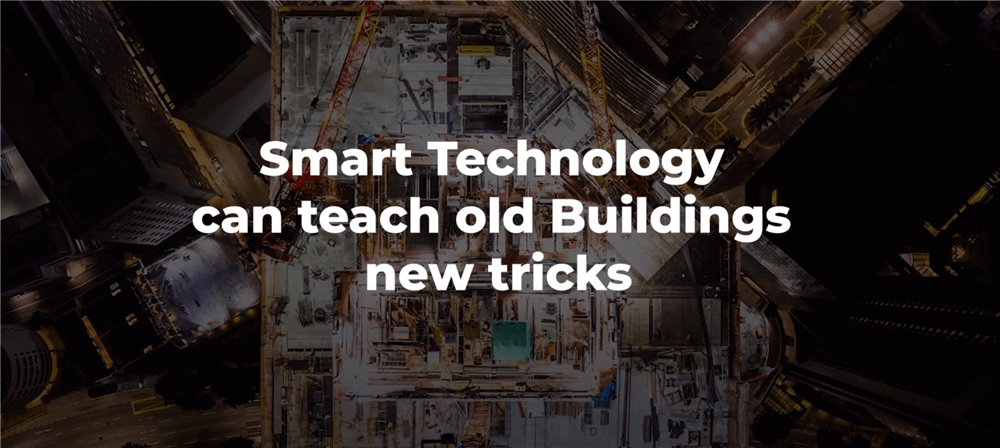
3 - Smart Technology can teach old Buildings new tricks
Incorporating smart technology during construction is normally simple however, integrating it into an existing building can bring some challenges. For example, a historic site might feature stone facades that would be damaged if drilled and altered. Electrical contractors and engineers are coming up with innovative ways to retrofit older structures with smart tech to improve HVAC, lighting, and other essential features to meet stricter energy and building codes. This would make buildings more energy efficient, attract more visitors and retain occupants. A popular trend to look out for is wireless smart technology. It offers a more flexible and less intrusive solution for older structures.
2 - Domotics Brings Home Automation into the Architecture Conversation
Domotics or home automation is becoming so affordable and simple to implement that the only real difficult part is convincing customers that they need it. If the implementation is effective, automated homes can decrease a building’s energy use, notify residents about incidents such as gas or water leak and improve the overall life quality of older or differently abled occupants. Residents are already able to remotely control temperature, light colour, and intensity however, the most efficient smart systems automate integrated solutions instead of single functions. For example, when defining an evening environment, an occupant can organise a system that will close the curtains, turn off the lights and activate the next morning’s alarm in a single action, instead of managing each operation separately.
1 - Architects Will Take Cues from AI Assistants Running Smart Homes
A smart home manages processes and data, controls lights, doorbells, smoke alarms, locks, speakers, security systems, cameras, thermostats, Wi-Fi networks audio and video recordings. The more these elements are used, the more is learned about the user. Architects can use this data to design building solutions that make everyday tasks easier for residents. AI can have a big impact on mass production of technologies that enhance the performance and quality of urban living. Is it possible that AI can take over the Architect’s role? Not anytime soon. AI still needs human architects and designers to set constraints and create designs that fit the customer’s market and aesthetic needs.
Watch the video below:
You can contact us today at info@a2ktechnologies.com.au to learn more about the technologies discussed, and the Architecture, Engineering and Construction Collection.


